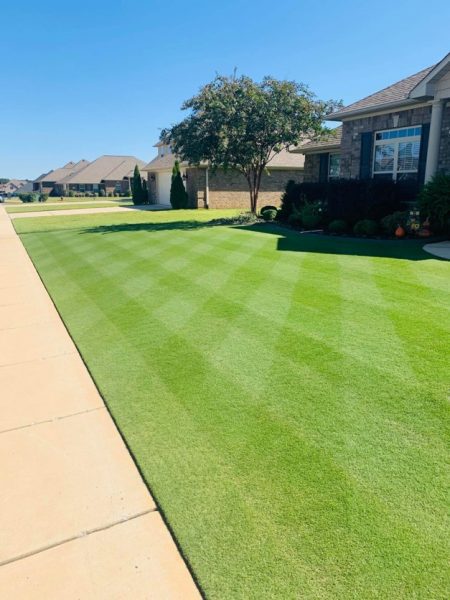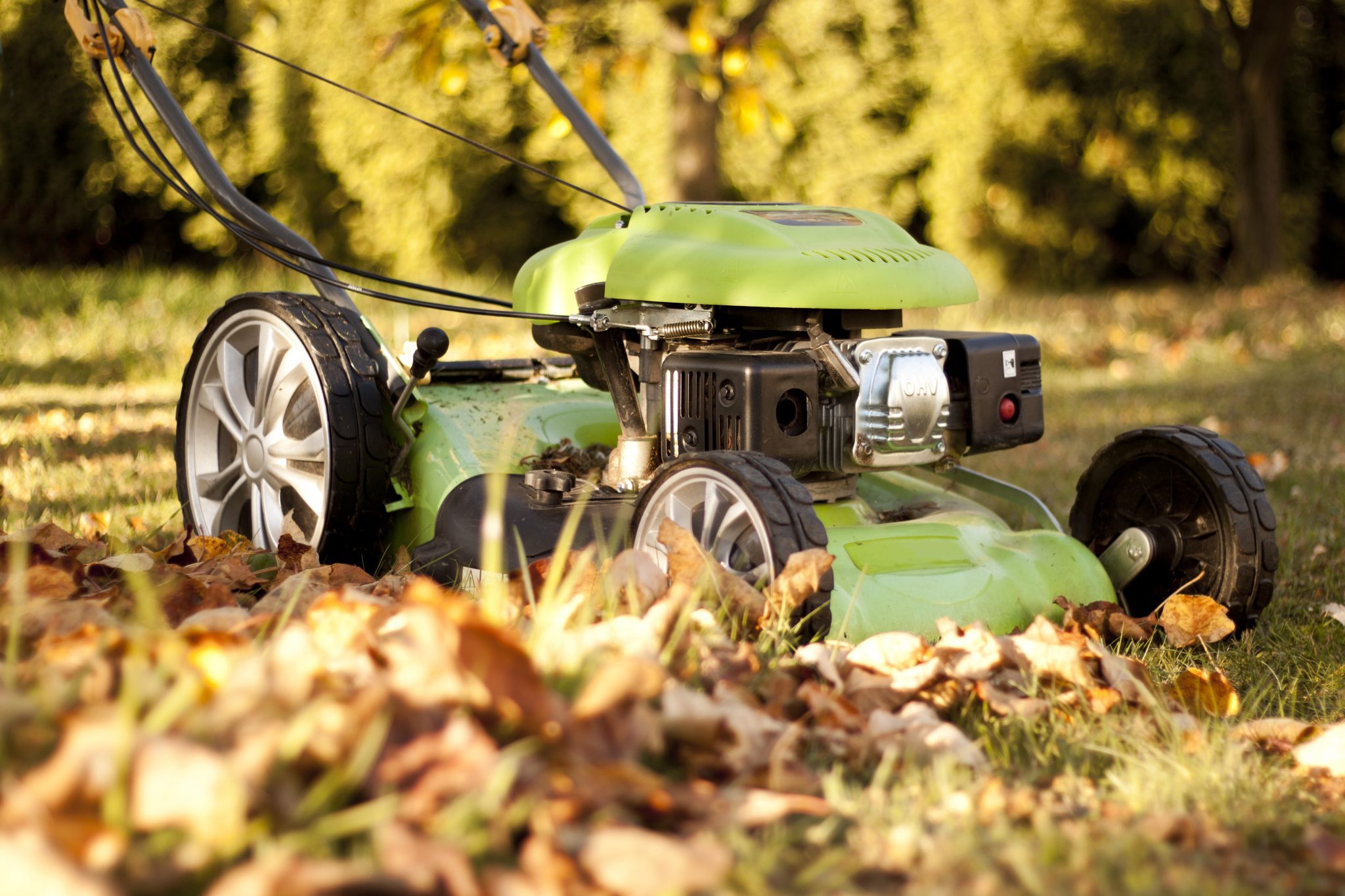Lawn & Garden

Fall is the favorite time of the year for many people. The days start getting shorter, leaves begin to drop, there is a chill to the nighttime air, and football games are on Saturdays. Another plus to fall is homeowners get to start putting their lawnmowers up for the year. However, this doesn’t mean they can stop worrying about their lawns. The fall and winter are actually great times to do a few things in the yard to make sure the lawn is ready to go come spring. The following are a few lawn care tips for homeowners:
Core Aeration

Image from Aaron Wickham.
Core aeration is the practice of pulling cores of soil from the ground to help with compaction, root movement, thatch removal, and water uptake. People are on their lawns during the spring and summer more than any other times of the year. In areas that having naturally heavy clay soils, compaction is a real issue. Early fall is a great time to core aerify and relieve some of that stress. It is best to perform this procedure before the turfgrass is completely dormant, so it has time to recover prior to dormancy.
Weed Control
In southern lawns, mostly warm-season turf grasses, such as bermudagrass, zoysiagrass, or centipedegrass, are grown. These warm-season turf grasses go dormant in the fall and winter. Weeds are extremely active in winter while these grasses are dormant. Some of the most troubling weeds laws encounter include cool-season weeds, such as, burweed, annual bluegrass, and chickweed. The use of pre-emergent herbicides can be a great tool for controlling these weeds. People should apply them in mid-September or early October for the best results. There are multiple products that can be used for quality weed control. Refer to the Alabama Extension Home Lawns: Chemical Weed Control IPM Guide to find a control product that meets your needs.
Soil Testing
Fall is a great time to check soil for nutrient and pH levels. So many times, people go into the growing season without knowledge of the nutrients their plants need. A quick and easy soil test will provide the information needed to best determine a fertilization plan for next spring. Use a trusted lab, like the Auburn University Soil, Forage, and Water Testing Laboratory, for accurate readings.
Lime Application
After performing a soil test, it may show the need for a lime application to correct the pH level. In Alabama, the soils are naturally on the acidic side. Lime can be a great tool to apply to turfgrass areas to raise the pH levels to a suitable range to grow grasses. For the most part, a pH of six to seven is ideal. A lot of fertilizers that people use contain sulfur and can slowly drive the pH more acidic over time. Lime is slow to act, so allowing several months for the lime to make the proper adjustments is a great plan. There are many sources of lime, and one is not really any better than the next. Whichever is more convenient is fine to use.
Dethatching/Scalping
Thatch is the layer of dead or decaying clippings that build up between the soil surface and the turfgrass. When this layer becomes too thick, issues–such as disease, poor water absorption, spongy growth, and weeds–can develop. Use fall and winter to remove this from the lawn by scalping warm-season turfgrasses. This can be achieved by lowering the lawn mower deck level once a month and bagging the clippings. The goal is to be at the lowest mower setting by the time the grass comes out of dormancy. This helps with green up, air circulation, and soil warming in the spring.
Conclusion
While the mowing work of spring and summer is over come fall, don’t adopt an “out of sight, out of mind” attitude for your lawn. The fall and winter are great times to correct some issues and get your lawn ready for the next growing season.

